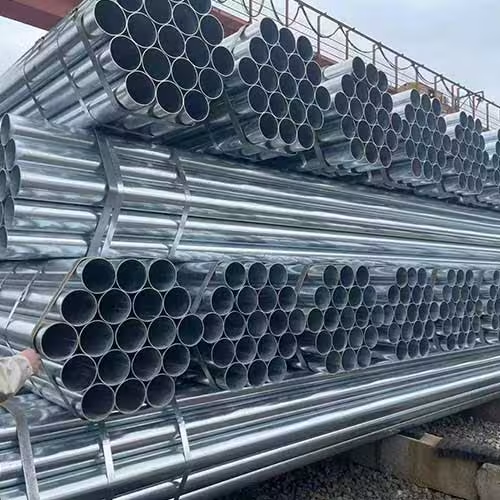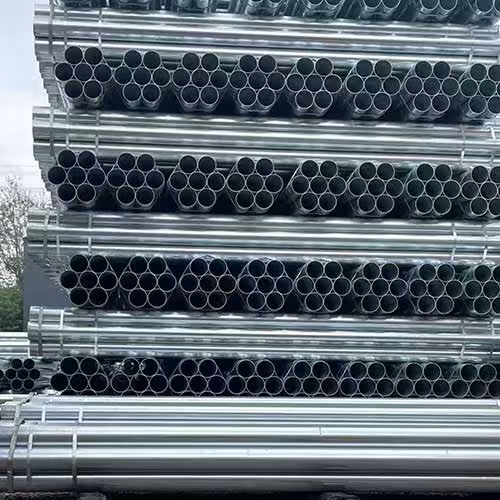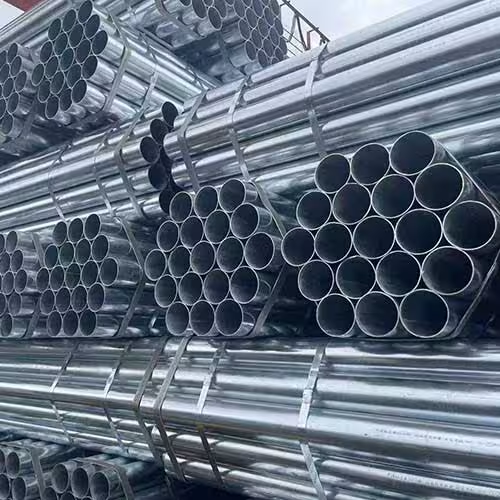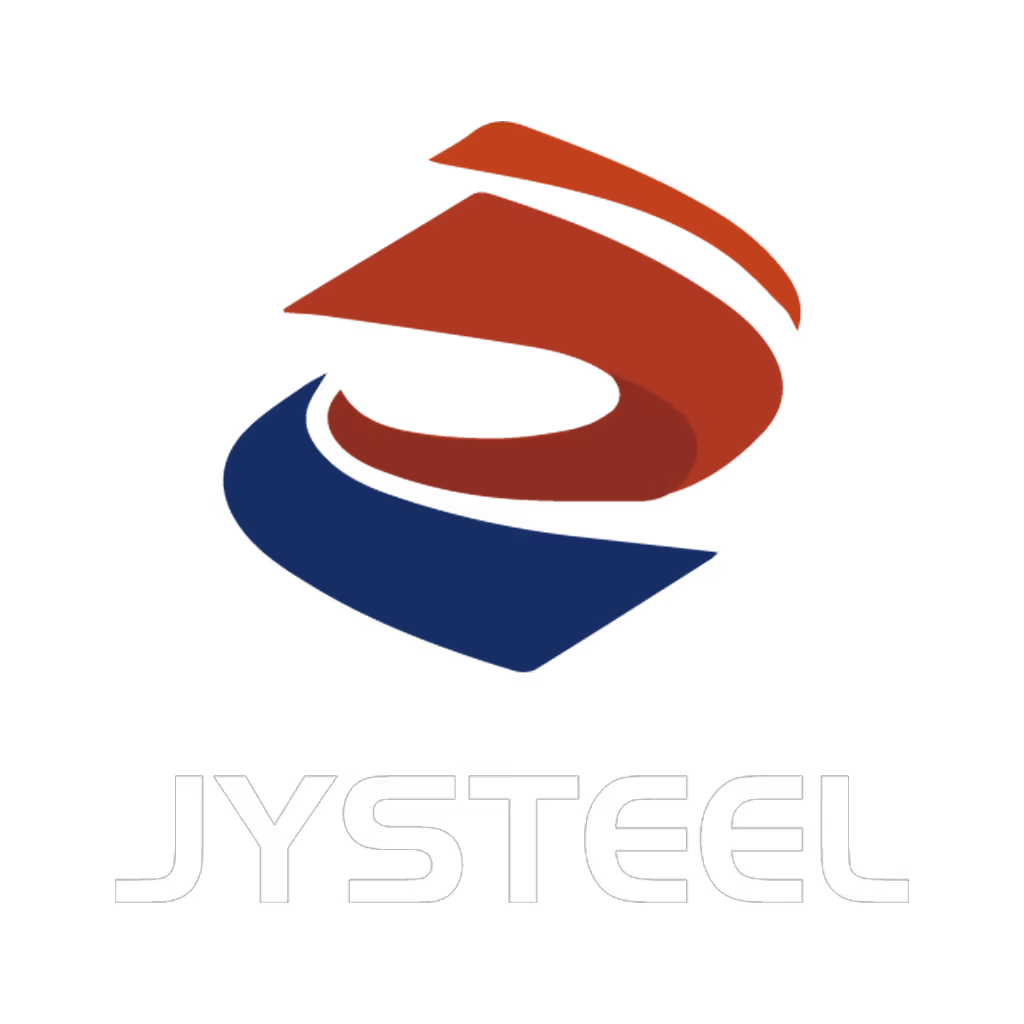مرحبًا بك في مدونتي!
قبل أن نتعمق في المحتوى، أود أن تنضموا إليّ على منصات التواصل الاجتماعي الخاصة بي حيث أشارك المزيد من الأفكار وأتفاعل مع المجتمع وأنشر التحديثات. إليك كيف يمكنك التواصل معي:
فيسبوك : فيسبوكhttps://www.facebook.com/profile.php?id=61565500692293
والآن، لنبدأ رحلتنا معًا. آمل أن تجدوا المحتوى هنا ثاقباً وجذاباً وقيّماً.
جدول المحتويات
مقدمة

Galvanized steel pipe uses span a wide range of industrial applications, leveraging their corrosion resistance, durability, and affordability. Coated with a protective zinc layer through hot-dip galvanization, these pipes withstand harsh environments, making them ideal for plumbing, construction, HVAC, and energy sectors. With a lifespan of 40–100 years, galvanized steel pipe uses offer long-term reliability in water supply, structural frameworks, and fire sprinkler systems.
Understanding Galvanized Steel Pipe Uses
Galvanized steel pipe uses are defined by the material’s unique properties, achieved through galvanization, where steel pipes are coated with zinc to prevent corrosion. This process, pioneered in the 18th century, creates a robust, cost-effective solution for industries requiring reliable piping systems. Galvanized steel pipe uses are prevalent in environments exposed to moisture, chemicals, or extreme weather, offering superior longevity compared to alternatives like PVC or black steel. This section examines the galvanization process, material properties, and foundational benefits, providing a basis for understanding their industrial applications.
The Galvanization Process Behind Galvanized Steel Pipe Uses
Galvanized steel pipe uses rely on the hot-dip galvanization process, where steel pipes are cleaned, pickled, and immersed in molten zinc at 450°C. This creates a metallurgical bond, forming a zinc coating that protects against rust and corrosion. The process, detailed by Titan Fittings, includes degreasing, rinsing, and flux application to ensure uniform adhesion. Electro-galvanizing, though less common, offers a thinner coating for less demanding applications. The resulting pipes are durable, with a zinc layer that acts as a sacrificial anode, extending service life in challenging industrial settings.
Material Properties Supporting Galvanized Steel Pipe Uses
Galvanized steel pipe uses benefit from the material’s high strength, corrosion resistance, and abrasion resistance. The zinc coating, typically 1.5–4.0 ounces per square foot, shields the steel from moisture and chemicals, while the steel core provides structural integrity, as noted by Kloeckner Metals. Schedule 40 pipes, the most common, balance thickness and ease of installation, supporting high-pressure applications like fire sprinklers. These properties make galvanized steel pipe uses ideal for both indoor and outdoor industrial systems, from water distribution to structural supports.
Advantages of Galvanized Steel Pipe Uses
Galvanized steel pipe uses offer several advantages: corrosion resistance, longevity (40–100 years), and low maintenance. The zinc coating prevents rust, even in harsh conditions, reducing repair costs compared to copper or PVC, as highlighted by Eiffel Trading. Their affordability, ease of inspection, and recyclability enhance their appeal, particularly for large-scale projects like construction and irrigation. These benefits position galvanized steel pipe uses as a cost-effective, sustainable choice across industries, ensuring reliable performance with minimal upkeep.
Key Galvanized Steel Pipe Uses Across Industries

Galvanized steel pipe uses are integral to multiple industries, leveraging their durability and corrosion resistance. From water supply systems to structural frameworks, these pipes meet diverse operational demands. This section explores primary applications, supported by industry insights, to illustrate their versatility and performance.
Galvanized Steel Pipe Uses in Water Supply and Plumbing
Galvanized steel pipe uses in water supply and plumbing are widespread, particularly for potable water distribution in commercial and industrial buildings. Their corrosion resistance ensures clean water delivery, with a lifespan of up to 70 years in optimal conditions, as noted by Supreme Pipe. These pipes, often Schedule 40, handle high-pressure systems and are used in municipal water lines, industrial plumbing, and rural water treatment plants. Their robustness makes them suitable for underground installations, where exposure to soil moisture demands reliable materials.
Galvanized Steel Pipe Uses in Construction and Structural Support
In construction, galvanized steel pipe uses include scaffolding, handrails, fencing, and structural frameworks. Their strength and corrosion resistance support temporary structures and permanent installations, such as guardrails and utility poles, as per Alkenza. The zinc coating withstands weather exposure, ensuring durability in outdoor applications like bridges and stadiums. These pipes are also used in prefabricated buildings, providing cost-effective, long-lasting support, with a lifespan of 50 years without maintenance, as highlighted by Kloeckner Metals.
Galvanized Steel Pipe Uses in HVAC Systems
Galvanized steel pipe uses in HVAC systems involve ductwork and air distribution, managing heated or cooled air circulation. Their resistance to temperature variations and corrosion makes them ideal for industrial HVAC applications, as noted by Supreme Pipe. These pipes maintain structural integrity in high-humidity environments, ensuring efficient air delivery in factories, warehouses, and commercial buildings. Their durability reduces maintenance needs, supporting consistent indoor climate control over decades.
Galvanized Steel Pipe Uses in Oil and Gas Industry
The oil and gas industry relies on galvanized steel pipe uses for transporting crude oil, natural gas, and petroleum products. Their corrosion resistance is critical in moist or chemically aggressive environments, such as offshore pipelines and refineries, as per Alkenza. These pipes withstand high pressure and harsh conditions, ensuring safe fluid transport. Their use in drilling operations and support structures further underscores their versatility, providing reliable performance in volatile settings.
Galvanized Steel Pipe Uses in Agriculture and Irrigation
In agriculture, galvanized steel pipe uses include irrigation systems, greenhouse frameworks, and trellises. Their ability to endure environmental extremities, like rain and soil chemicals, ensures reliable water delivery, as noted by Supreme Pipe. These pipes are ideal for rural infrastructure, offering a lifespan of 40–70 years with minimal maintenance. Their robustness supports large-scale irrigation projects, enhancing agricultural productivity in challenging climates.
Galvanized Steel Pipe Uses in Fire Sprinkler Systems
Galvanized steel pipe uses in fire sprinkler systems are critical due to their ability to handle high-pressure water flow. The zinc coating ensures unobstructed flow by resisting rust, vital for emergency response, as highlighted by Supreme Pipe. These pipes meet Class 1 standards for wet pipe systems, ensuring immediate water availability in industrial and commercial buildings. Their durability and low maintenance make them a trusted choice for fire safety infrastructure.
Comparison Table and Performance Insights for Galvanized Steel Pipe Uses
To clarify galvanized steel pipe uses, the following table summarizes key applications, properties, and benefits, providing a reference for industrial professionals.
| Application Area | الخصائص الرئيسية | المزايا | Industry Examples |
|---|---|---|---|
| Water Supply/Plumbing | Corrosion-resistant, high-pressure | Long lifespan (70 years), clean water | Municipal water lines, industrial plants |
| Construction/Structural | Strong, weather-resistant | Durable frameworks, low maintenance | Scaffolding, guardrails, bridges |
| أنظمة التدفئة والتهوية وتكييف الهواء | Temperature-resistant, corrosion-free | Efficient air delivery, long-term reliability | Warehouses, factories |
| نقل النفط والغاز | Chemical-resistant, high-strength | Safe fluid transport, withstands harsh conditions | Pipelines, refineries |
| Agriculture/Irrigation | Robust, chemical-resistant | Reliable water delivery, minimal upkeep | Irrigation systems, greenhouses |
| أنظمة رشاشات الحريق | High-pressure, rust-resistant | Unobstructed flow, safety compliance | Commercial buildings, factories |
Performance Insights for Galvanized Steel Pipe Uses
The table underscores the versatility of galvanized steel pipe uses. Water supply systems benefit from corrosion resistance, ensuring safe delivery over decades. Construction applications leverage strength and weather resistance, supporting robust frameworks. HVAC systems rely on temperature stability, while oil and gas transport demands chemical resistance. Agricultural uses prioritize durability in harsh environments, and fire sprinklers require reliable flow. The zinc coating’s self-healing properties, as noted by South Atlantic, enhance longevity across applications, making galvanized steel pipe uses a sustainable, high-performance choice.
Optimizing Galvanized Steel Pipe Uses in Projects
To optimize galvanized steel pipe uses, select pipe schedules (e.g., Schedule 40) based on pressure and flow requirements, as advised by What Is Piping. Use proper sizing (1/8–12 inches) to match application needs, ensuring efficient fluid transport. Regular inspections, as recommended by Detroit Nipple Works, prevent mineral buildup in water systems. Engage professional installers to maintain zinc coating integrity, avoiding damage that could lead to corrosion. These strategies maximize the performance and lifespan of galvanized steel pipe uses.
Practical Considerations for Galvanized Steel Pipe Uses

Effective implementation of galvanized steel pipe uses involves strategic selection, installation, and maintenance. This section offers actionable guidance for professionals.
Selecting Pipes for Galvanized Steel Pipe Uses
Choosing pipes for galvanized steel pipe uses requires assessing application demands. For water systems, select Schedule 40 pipes for pressure handling, as per Titan Fittings. In construction, opt for larger diameters for structural stability. Verify zinc coating thickness (e.g., 1.5 oz/ft² minimum) to ensure corrosion resistance, as advised by What Is Piping. Consult suppliers like Totten Tubes for custom lengths and ASME-compliant fittings to meet project specifications, ensuring reliability and compliance.
Installation Best Practices for Galvanized Steel Pipe Uses
Proper installation enhances galvanized steel pipe uses. Use threaded or welded joints for secure connections, avoiding damage to the zinc coating, as noted by Eiffel Trading. For underground applications, ensure proper bedding to prevent coating abrasion. Employ torque-controlled tools to prevent over-tightening, which can weaken the zinc layer. Professional installation, as recommended by Detroit Nipple Works, ensures alignment and minimizes corrosion risks, particularly in high-pressure systems like fire sprinklers.
Maintenance of Galvanized Steel Pipe Uses
Maintenance is critical for galvanized steel pipe uses. Inspect pipes annually for mineral buildup or coating damage, especially in water systems, as per Eiffel Trading. Clean with non-abrasive methods to preserve the zinc layer. In HVAC or irrigation systems, monitor for chemical exposure that could erode the coating, as noted by Alkenza. Schedule replacements for damaged sections, as repairs often compromise corrosion resistance, ensuring long-term performance across applications.
Environmental Benefits of Galvanized Steel Pipe Uses
Galvanized steel pipe uses support sustainability through recyclability and long lifespans. The zinc coating is fully recyclable, reducing waste, as highlighted by Bushwick Metals. Their durability (40–100 years) minimizes replacement frequency, lowering environmental impact compared to PVC or copper. Energy-efficient galvanization processes, like those at South Atlantic, further enhance their eco-friendliness, making galvanized steel pipe uses a green choice for industrial projects.
Challenges in Galvanized Steel Pipe Uses
Challenges in galvanized steel pipe uses include weight, mineral buildup, and sensitivity to acidic environments. Their heavier weight compared to PVC complicates handling, as noted by Eiffel Trading. Water systems may experience plaque buildup, reducing flow, as per World Iron Steel. In highly acidic or alkaline conditions, the zinc coating may erode, requiring alternatives like stainless steel, as advised by Alkenza. Mitigate these by selecting appropriate schedules, conducting regular maintenance, and consulting experts for environmental compatibility.
الخاتمة
Galvanized steel pipe uses are indispensable across industries, from plumbing and construction to HVAC and agriculture. Their corrosion resistance, durability, and affordability make them a reliable choice for demanding applications.
This guide, with its table and FAQ, equips professionals to leverage galvanized steel pipe uses effectively, ensuring long-lasting, sustainable solutions.
الأسئلة الشائعة
What are galvanized steel pipe uses?
Galvanized steel pipe uses include water supply, plumbing, construction, HVAC, oil and gas transport, agriculture, and fire sprinkler systems, leveraging corrosion resistance.
Why are galvanized steel pipe uses preferred in industry?
Their zinc coating ensures corrosion resistance, longevity (40–100 years), and low maintenance, making them cost-effective for harsh environments.
Which industries rely on galvanized steel pipe uses?
Construction, plumbing, HVAC, oil and gas, agriculture, and fire safety industries use these pipes for their durability and reliability.
How long do galvanized steel pipe uses last?
They last 40–100 years, depending on environmental conditions, zinc coating thickness, and maintenance, as noted by industry sources.
Are galvanized steel pipe uses suitable for water systems?
Yes, they ensure clean water delivery in municipal and industrial systems, though regular inspections prevent mineral buildup.

